Notable: Late September 2025
Notes on a medley of memorable wines—white, pink, and red—for early fall
The opening salvo: a favorite white
White wine is for summer. White wine is also for fall, winter, and spring.
Feudi di San Gregorio Greco di Tufo 2022
This satiny white from Feudi di San Gregorio, located near Avellino, about 30 miles east of Naples, has been a favorite for years. It offers impressions of lemon, salt, and herbs, and while the acidity feels modest at first it builds to lemon-drop at the finish. It’s bracing and briny, great with snacks but substantial enough for complex fare.
12.5% ABV | About $23; imported by Terlato Wines Intl.
Three (expensive!) rosés
How many times have you paid more than $25 for a bottle of rosé? I can count mine on one hand. But on the other hand (the one not shelling out dollars), why must we assume rosé should be cheap? Good fruit, carefully farmed, from premium territory, is never inexpensive, and while cellaring costs are lower for whites and pinks than reds, labor and other production demands aren’t so different. Still, I hesitated to accept these three rosé samples from Domaines Ott simply due to their pricing tier. Then my curiosity overcame me.
Marcel Ott, an engineer from Alsace, decamped to Provence in 1896 and spent the next decade figuring out where (and probably how) to make wine. He bought Château de Selle, in Côtes de Provence, in 1912 and neighboring Clos Mireille in 1936. Twenty years later, the company added Château Romassan, in Bandol. The estates of Domaines Ott sit on different soil types: schist in Clos Mireille, limestone at de Selle, and a motley of sandy calcaire at Romassan. In 2007, Domaines Ott was acquired by the Roederer Collection, although the family remains involved. The wines have been certified organic since 2022.
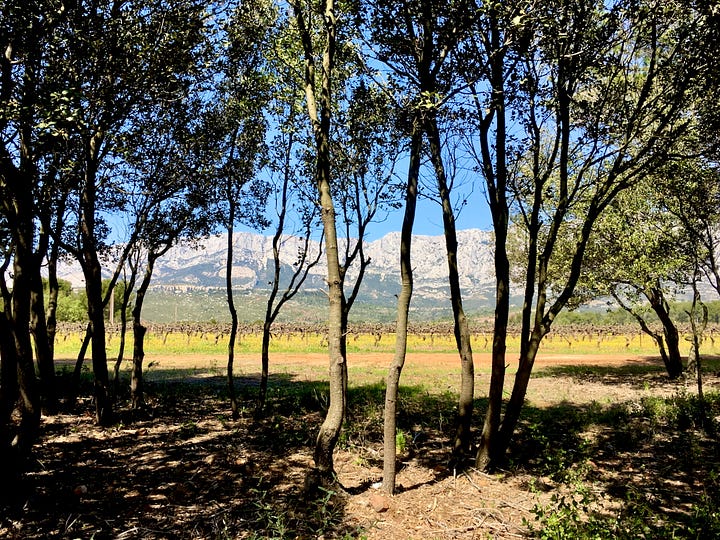
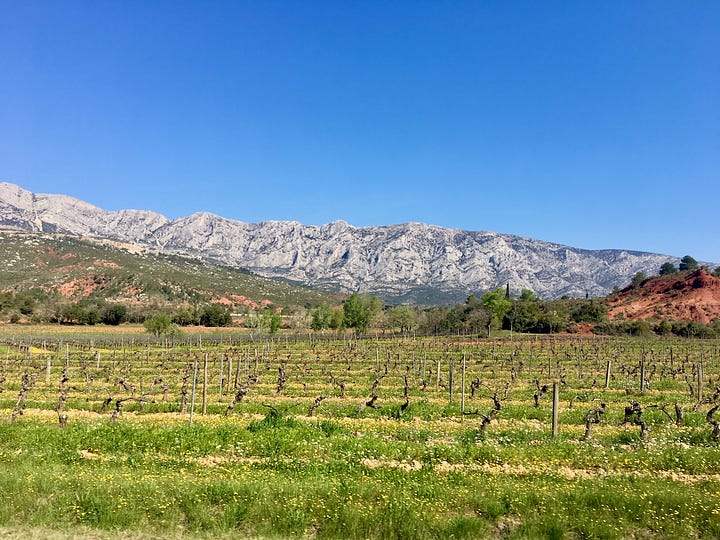
Domaines Ott Château de Selle Rosé Côtes de Provence 2024
The blend is about half Grenache and one-third Cinsault with doses of Mourvèdre and Syrah. It’s seashell pink with focused yellow stone fruit aromas and a whiff of cut grass. It expands on the palate with mouth-filling flavors of peach nectar and dried apricots, and the finish blooms with more tangy fruit. Overall it’s a ripe, succulent wine that proves that pale does not mean insipid.
13.5% ABV | $65 (sample); imported by Maisons Marques & Domaines
Domaines Ott Château Romassan Rosé Bandol 2024
This wine is based on Mourvèdre, sixty percent, with the balance split between Cinsault and Grenache. Whereas the Château de Selle reads yellow, this wine reads red—red peach, blood orange, nectarine—with a whiff of something stonier, saltier. It’s equally concentrated, delivering a mouthful of fruit, but it has more nerve and structure. It’s my favorite of these three.
13.5% ABV | $69 (sample); imported by Maisons Marques & Domaines
Domaines Ott Étoile Vin de France 2023
This wine was a surprise. It’s an earlier vintage. It’s made from fruit from all three estates. The blend is eighty-five percent Grenache and fifteen percent Mourvèdre, although apparently the cuvée changes each year. And it’s subdued, almost inaccessible at first, yielding only a faint wet stone aroma. As it warms that shifts toward fruit without ever settling down. There are quiet flavors of peach or apricot and profound salinity, a sense of something green that grows by the sea. Its style is so unlike that of the other two I wondered if the bottle had been compromised—light strike being the most probable culprit, because they’re all packaged in flint glass (a bad idea; see more about it in my earlier article on rosé). But I didn’t get the swampy notes I’d expect from that flaw, and anyway the winery boasts about the wine’s delicacy, so perhaps its reticence is fully intentional. I used a Coravin on all of the bottles and tasted them over a few days, finally pulling the corks when it became conspicuously stupid to waste capsules on dregs. This wine eventually limbered up, but fruit never became its central through-line. If the other two wines are sunny, this one is sincere. Sometimes you want one, sometimes you want the other.
13.5% ABV | $175 (sample); imported by Maisons Marques & Domaines
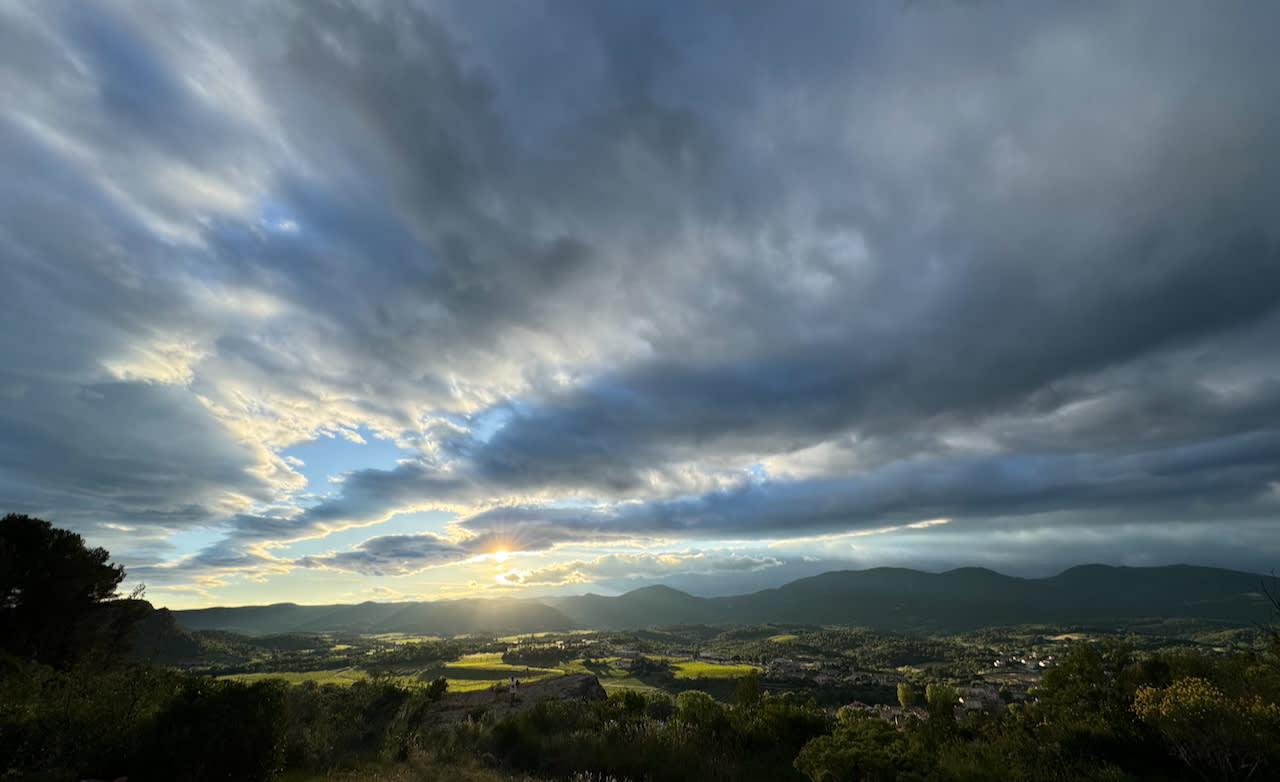
Red wines for sweater weather
Sure, drink white and pink year-round, whatever. But last week we had our first frost, so laissez les bons temps rouler. Below is a hearty trio of reds, two French and one Italian, that I would pour with earthier autumnal cuisine.

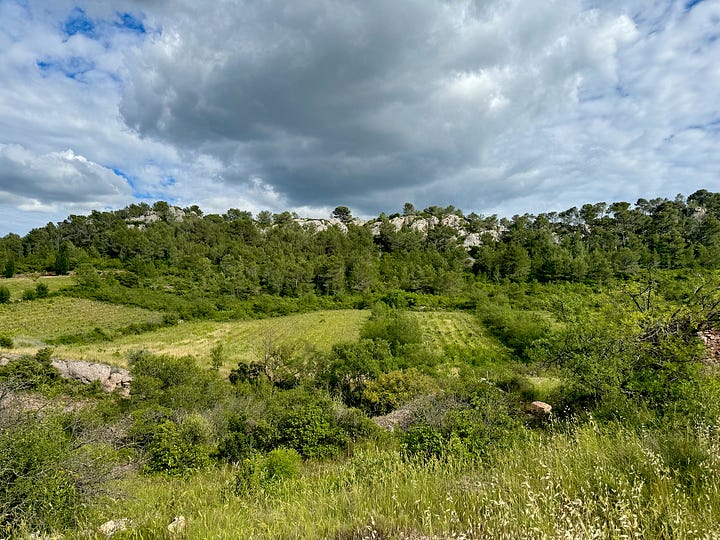

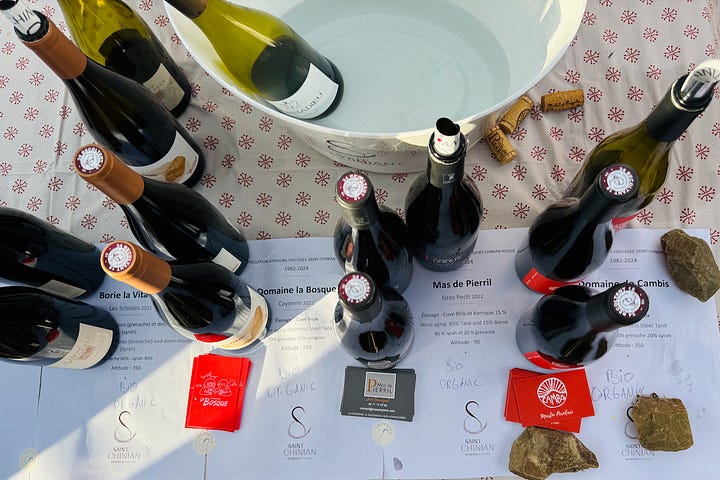
Domaine Rimbert Les Travers de Marceau St. Chinian 2021
St. Chinian is a strange territory. It’s bisected into a northern region of schist, which gives the wines unmistakable smokiness, and a southern region of limestone, which gives them shiny, fizzy fruit. The division would seem a concise argument against geological terroir as the defining vector of an AOP, but the winemakers consider themselves a community, and I guess that’s enough for the INAO and, frankly, anyone who cares about keeping the Languedoc in vine. Domaine Rimbert farms in both soils, and all wines are certified organic. This bottling is a schist-based wine, half Syrah blended with Carignan, Mourvèdre, and Cinsault, hand harvested and fermented with ambient cultures. It’s crowd-pleasing, a deep garnet color with savory, earthy aromas and flavors of blackberries, black cherries, and licorice. It finishes with a dark and appealing funk. Roast some meat, my friends.
12.5% ABV | About $30; imported by Jenny & François Selections

Pagodes de Cos St-Estèphe 2018
Pagodes de Cos is the second wine of Cos d’Estournel, one of the deuxièmes crus classés of the Medoc. The second wine is not a Second Growth; that’s reserved for the Grand Vin, the eponymous Cos d’Estournel. Confused? Bewilderment evaporates as the cork is pulled. The wine is deep red, perfumed with sandalwood and cedar and every black fruit in the orchard. The texture is scintillant, shimmery, with wily acidity and tannins as fine as talc. The 2018 is perfectly ready now but has stuffing and structure to cellar several years. I should drink more Bordeaux.
14.5% ABV | $60 (sample); imported by Monsieur Touton Selection Ltd.
Il Poggione Brunello di Montalcino 2019
Hand me a bottle of wine at 15% alcohol by volume and I will scrunch my brow. I rarely find such wines in balance, and since I intend to drink the wine, not daub it behind my ears, I want it to be digestible. But this one’s a Brunello, and 14.5% and higher is the going rate these days given warming vintages and Sangiovese’s felicity in that territory. Tenuta Il Poggione farms 125 hectares of vines in the hills of Montalcino, making it one of the region’s largest producers. This wine is hand harvested from vines that are a minimum of 20 years old, and the wine ages for three years in barriques and two in bottle before release. The robe is dark garnet with a clear rim and the wine is fragrant of spice and balsamic; it smells youthful despite the aging protocols. The tannins are graphitic, fine at first, building toward chewy, and finishing silky smooth. The acid dazzles the mid-palate and retreats in a juicy flare. The fruit experience starts late: strawberries, cherries, raspberries. Later, in the deep finish, the wine darkens into savory favors of walnut and black plum. It evolved, unhurriedly, over an hour or two at the table. The alcohol was pronounced, a fluorescent highlighter on the acidity and fruit, but the rest of the elements were also bright enough, and dark enough, to make a balanced composition. I should drink more Brunello.
15% ABV | $100 (sample); imported by Terlato Wines Intl.
All photos ©2025 Meg Maker



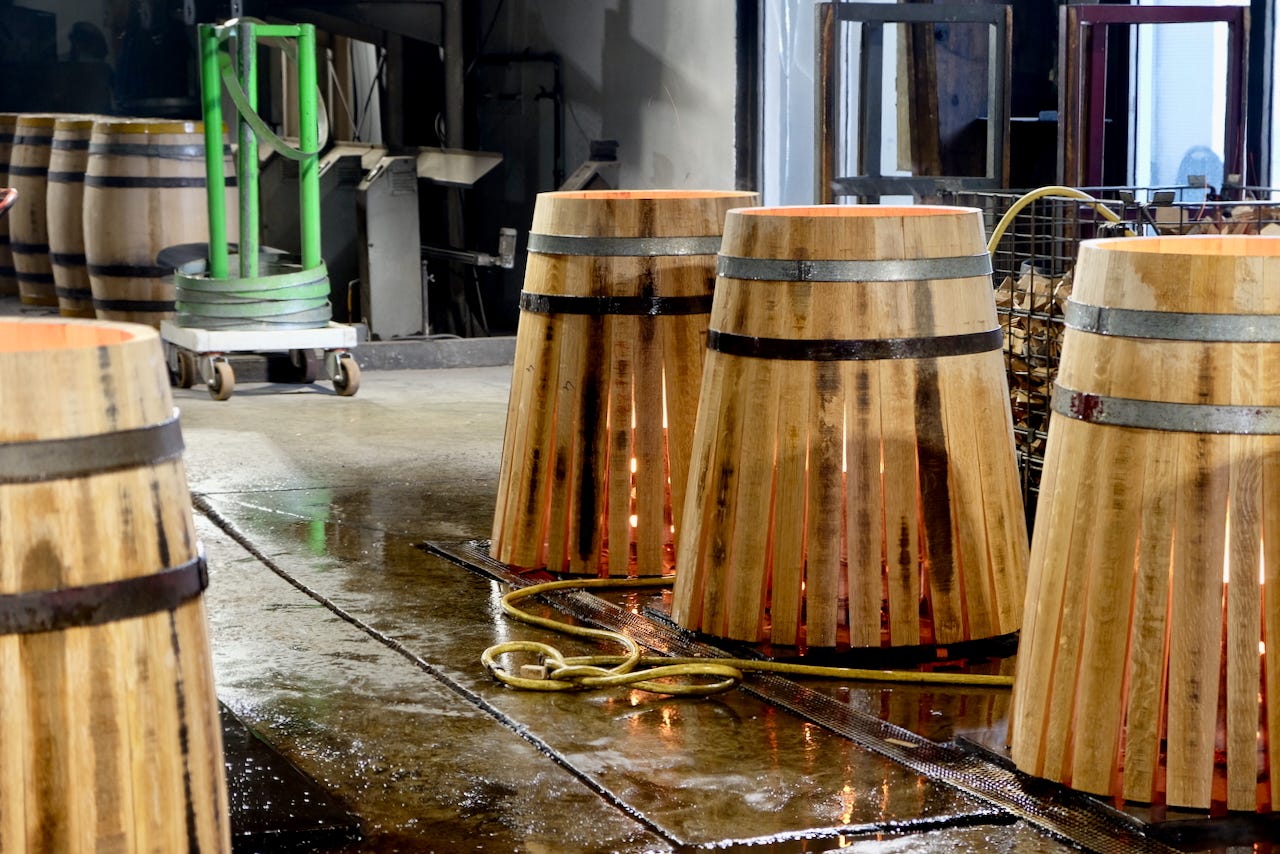
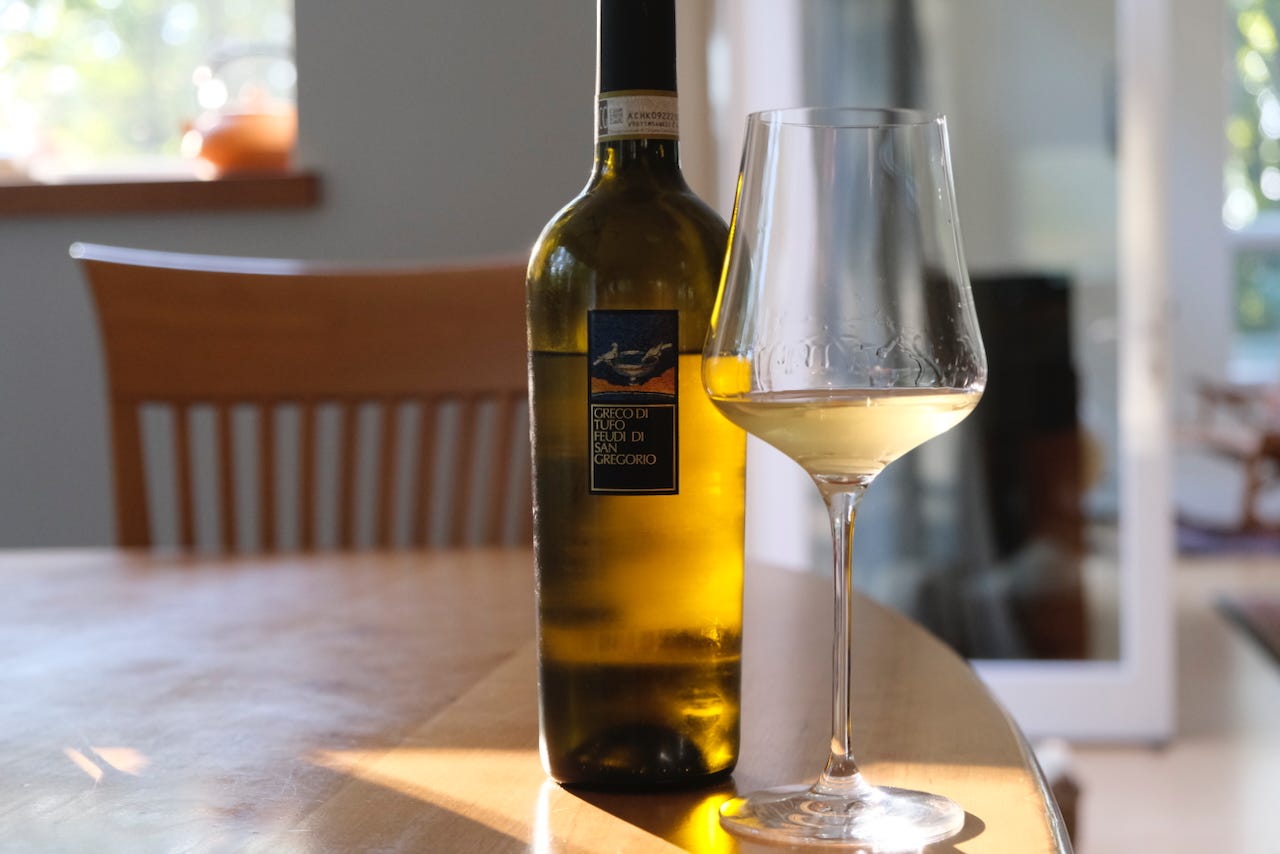
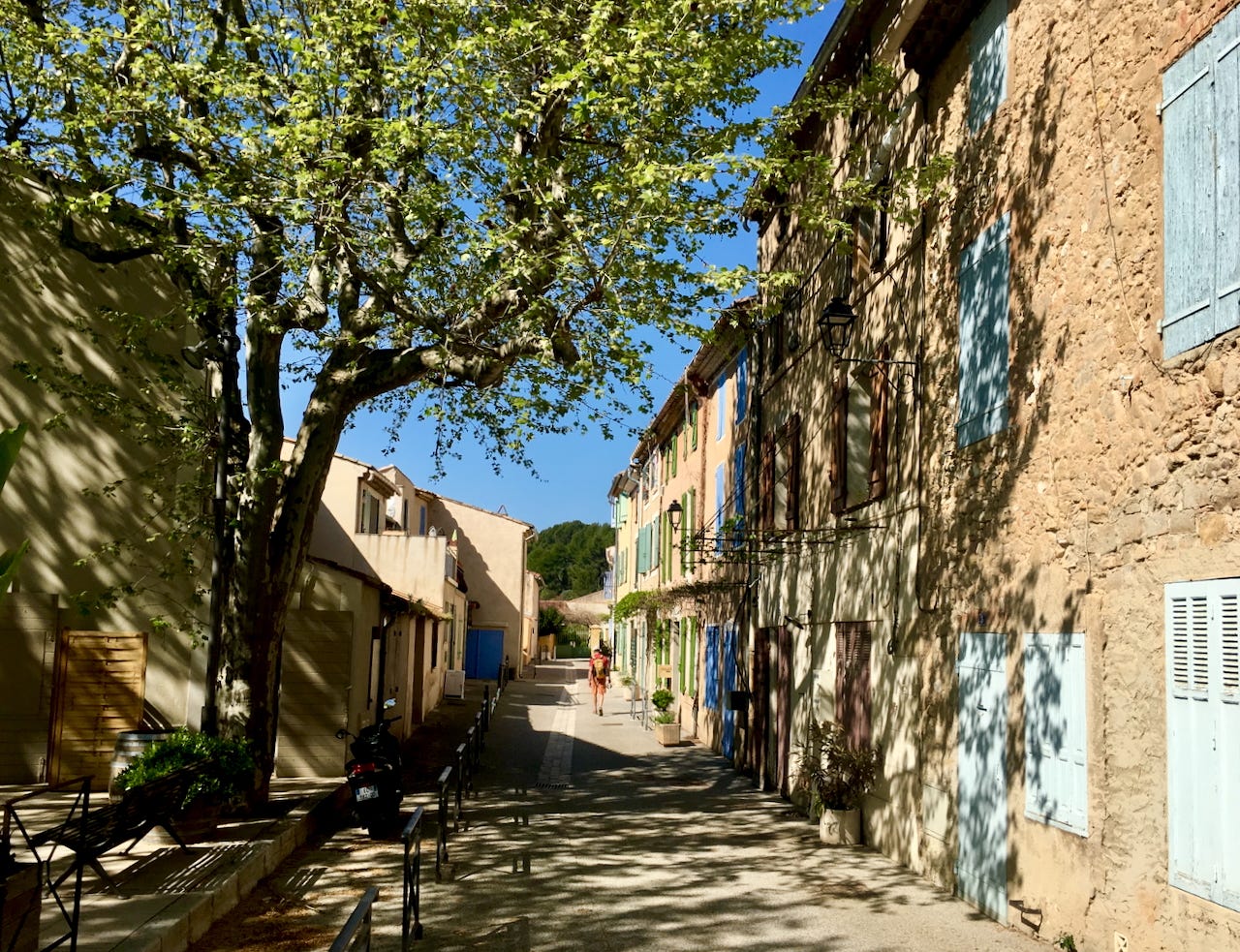


Rosés over $25? Dozens of times. There are some truly spectacular ones out there, and while Domaine Ott is marvelous, it's not near the pinnacle of great rosés out there.
We should all be so lucky to drink more Brunello! I love the stuff. I remember tasting a series of Brunello's and separating the Modern from the Traditional where it seemed obvious. Modern also leaned into newer oak in many cases. There are holdouts for less alcohol and new oak, but those don't seem to hit the US market and seem to stay in Italy, but I get it, same as SuperTuscan